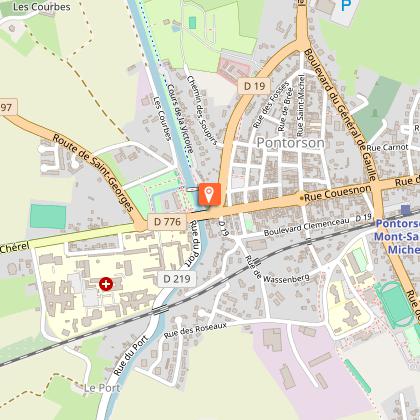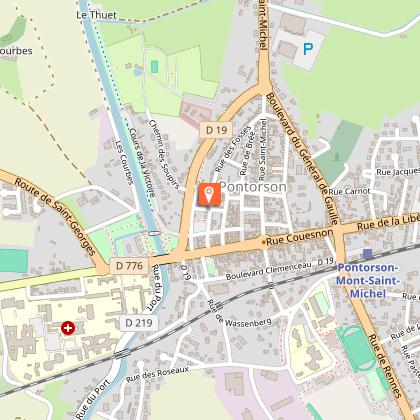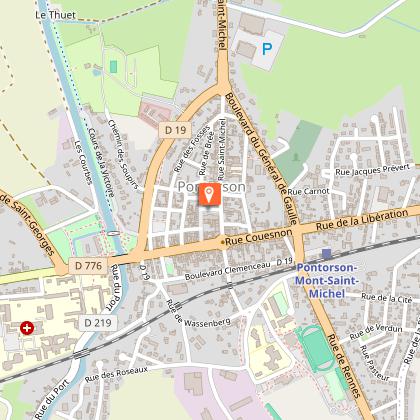Tours
Activities
Places of interest
Where to eat
Where to sleep
Discover Chantepie, Brittany with LERAY BENOIT Camping Adventures
Are you the owner?Welcome to LERAY BENOIT, your gateway to exploring the charms of Chantepie in Ille-et-Vilaine, Brittany. The region is rich with activities and attractions that will make your stay unforgettable. Start by exploring Chantepie village itself, just a few minutes from your campsite. Visit local markets to discover fresh, authentic regional products, and enjoy the warm hospitality of the locals.
Natur...See more
Natur...See more
Walking around LERAY BENOIT
See more suggestionsEnjoy pleasant walks in LERAY BENOIT.
See more suggestionsWhat to do in LERAY BENOIT
See more suggestionsPlan a perfect day in LERAY BENOIT with our bookable activities.
See more suggestionsIGN cards

1218SB - RENNES CESSON-SEVIGNÉ LIFFRÉ
Editor : IGN
Collection : TOP 25 ET SÉRIE BLEUE
Scale : 1:25 000
13.90€

1219SB - BRUZ JANZÉ
Editor : IGN
Collection : TOP 25 ET SÉRIE BLEUE
Scale : 1:25 000
13.90€

TOP100D35 - ILLE-ET-VILAINE RENNES FOUGÈRES SAINT-MALO BAIE DU MONT SAINT-MICHEL
Editor : IGN
Collection : TOP 100
Scale : 1:100 000
8.40€
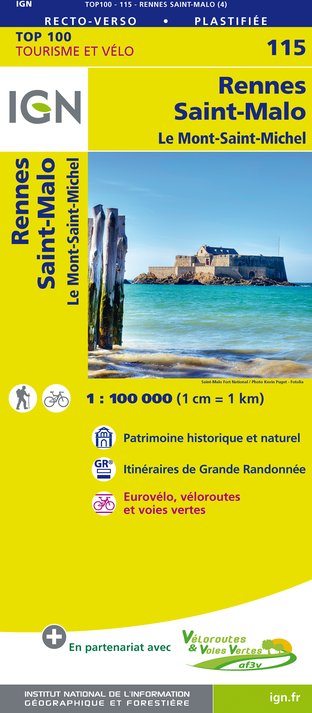
115 RENNES SAINT-MALO LE MONT-SAINT-MICHEL
Editor : IGN
Collection : TOP 100
Scale : 1:100 000
8.40€

D49 MAINE-ET-LOIRE
Editor : IGN
Collection : CARTES DÉPARTEMENTALES IGN
Scale : 1:150 000
5.90€

D44 LOIRE-ATLANTIQUE
Editor : IGN
Collection : CARTES DÉPARTEMENTALES IGN
Scale : 1:150 000
5.90€

D35 ILLE-ET-VILAINE
Editor : IGN
Collection : CARTES DÉPARTEMENTALES IGN
Scale : 1:150 000
5.90€

NR07 PAYS DE LA LOIRE
Editor : IGN
Collection : CARTES RÉGIONALES IGN
Scale : 1:250 000
6.80€
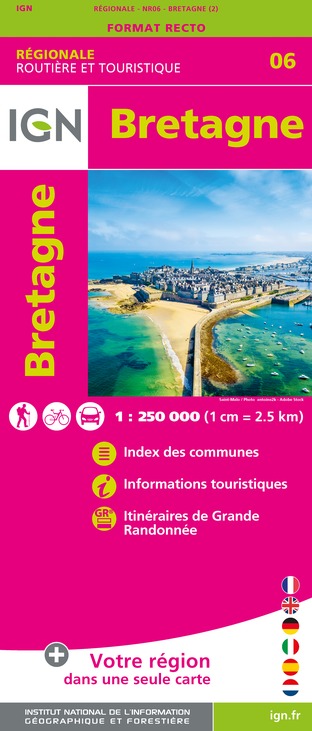
NR06 BRETAGNE
Editor : IGN
Collection : CARTES RÉGIONALES IGN
Scale : 1:250 000
6.80€
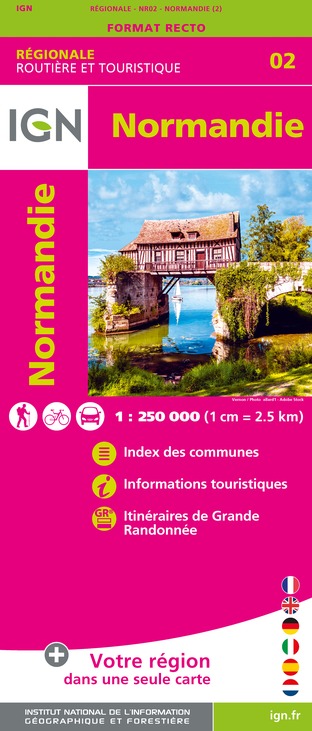
NR02 NORMANDIE
Editor : IGN
Collection : CARTES RÉGIONALES IGN
Scale : 1:250 000
6.80€

801 FRANCE NORD OUEST
Editor : IGN
Collection : CARTES NATIONALES IGN
Scale : 1:320 000
6.10€

EUROPE
Editor : IGN
Collection : DÉCOUVERTE DES PAYS DU MONDE IGN
Scale : 1:2 500 000
7.00€
What to visit in LERAY BENOIT
See more suggestionsVisit the iconic landmarks of LERAY BENOIT.
See more suggestionsWhere to eat in LERAY BENOIT
See more suggestionsExplore the best dining spots in LERAY BENOIT.
See more suggestionsWhere to sleep in LERAY BENOIT
See more suggestionsStay in unique accommodations in LERAY BENOIT.
See more suggestions





















